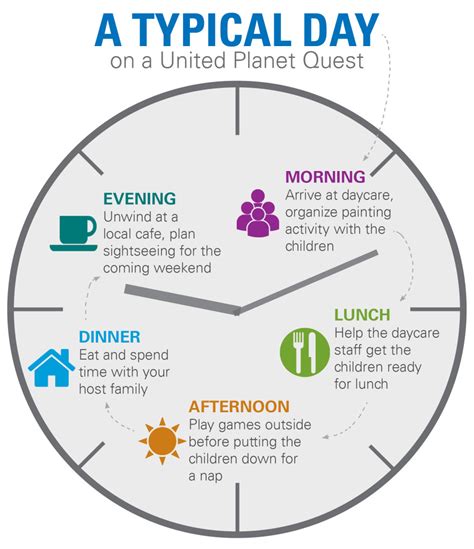Understanding Resting Heart Rate
Your resting heart rate (RHR) is the number of times your heart beats per minute while you are at rest. It’s a fundamental measure of heart health and fitness, indicating how efficiently your heart pumps blood. A lower RHR often suggests better cardiovascular fitness and more efficient heart function, as the heart doesn’t have to work as hard to maintain a steady blood flow.
Monitoring your RHR can provide valuable insights into your overall health, helping you track fitness improvements or signal potential underlying health issues. It’s important to measure it when you are calm, relaxed, and have not engaged in strenuous activity recently.

The Typical Range for Adult Males
For most average adult males, a healthy resting heart rate typically falls between 60 and 100 beats per minute (bpm). This range is widely accepted by medical professionals as normal. However, what’s considered ideal can be more specific:
- Average Adults: 60-100 bpm
- Athletes/Highly Fit Individuals: Often 40-60 bpm, sometimes even lower. This is due to a more conditioned heart muscle that can pump more blood with fewer beats.
It’s crucial to remember that this is a general guideline. Your individual ‘normal’ might be slightly outside this range, and that could still be healthy for you, especially if you lead an active lifestyle or have specific genetic predispositions.
Factors Influencing RHR
Several factors can influence an adult male’s resting heart rate, pushing it higher or lower than the typical range:
- Fitness Level: The more physically fit you are, the lower your RHR tends to be.
- Age: RHR can slightly vary with age, though the 60-100 bpm range remains largely consistent for adults.
- Body Temperature: Fever or very hot weather can increase RHR.
- Emotions: Stress, anxiety, or excitement can temporarily elevate RHR.
- Medications: Certain drugs, like beta-blockers, can lower RHR, while others, like decongestants, can raise it.
- Medical Conditions: Thyroid disorders, anemia, heart conditions (like arrhythmias), and infections can significantly impact RHR.
- Caffeine and Nicotine: Stimulants can temporarily increase RHR.
- Sleep Deprivation: Lack of adequate sleep can contribute to a higher RHR.

How to Measure Your Resting Heart Rate
To get the most accurate reading of your RHR, follow these steps:
- Choose the Right Time: The best time is first thing in the morning, before you get out of bed, and before you’ve had any caffeine or medication.
- Relax: Lie down quietly for at least 5-10 minutes.
- Locate Your Pulse: The easiest places are the radial artery (inside of your wrist, below the thumb) or the carotid artery (side of your neck, just under your jawline).
- Count the Beats: Use your index and middle fingers (not your thumb) to gently press until you feel a pulse. Count the number of beats in 30 seconds and multiply by two to get your beats per minute. Alternatively, count for a full minute for maximum accuracy.
- Repeat: Take the measurement a few times and average the results to ensure accuracy.

When to Consult a Doctor
While variations are normal, consistently having a resting heart rate significantly outside the 60-100 bpm range could indicate an underlying health issue. You should consult a doctor if:
- Your RHR is consistently above 100 bpm (tachycardia) without an obvious cause like exercise or stress.
- Your RHR is consistently below 60 bpm (bradycardia) and you are not an athlete, especially if accompanied by symptoms like dizziness, fainting, fatigue, or shortness of breath.
- You experience irregular heartbeats, palpitations, or chest discomfort.
A healthcare professional can assess your situation, consider your medical history, and determine if any interventions are necessary.

Maintaining a Healthy Resting Heart Rate
A healthy RHR is often a reflection of a healthy lifestyle. Here are ways to maintain or improve your heart rate:
- Regular Exercise: Consistent cardiovascular exercise strengthens your heart, leading to a lower RHR. Aim for at least 150 minutes of moderate-intensity aerobic activity per week.
- Balanced Diet: Eat a diet rich in fruits, vegetables, lean proteins, and whole grains, and limit processed foods, unhealthy fats, and excessive sodium.
- Stress Management: Practice relaxation techniques like meditation, yoga, or deep breathing to help manage stress and anxiety.
- Adequate Sleep: Ensure you get 7-9 hours of quality sleep per night.
- Limit Stimulants: Reduce intake of caffeine and nicotine, which can elevate RHR.
- Stay Hydrated: Drinking enough water supports overall cardiovascular function.

Understanding your typical resting heart rate is a simple yet powerful tool for monitoring your cardiovascular health. While the 60-100 bpm range serves as a general guideline for adult males, individual factors and lifestyle play a significant role. Regular monitoring and a proactive approach to a healthy lifestyle can contribute significantly to maintaining an optimal RHR and overall well-being.




